Carbon Emission Newsletter -August,2024
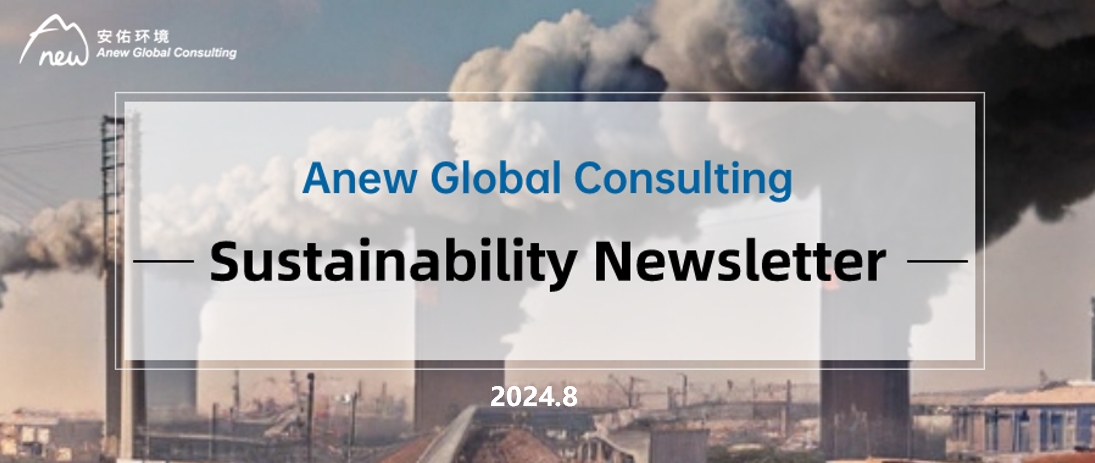
No.1
NDRC and other 4 Ministries issued “Guidelines on Accelerating the Development of the Water-Saving Industry”
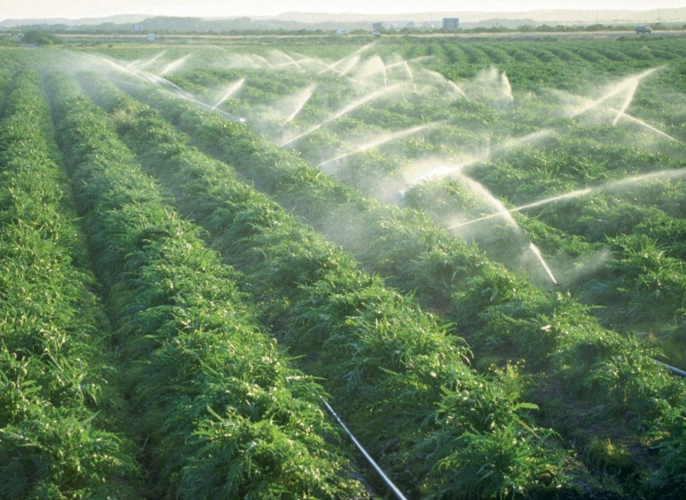
On July 22, NDRC and other 4 Ministries issued “Guidelines on Accelerating the Development of the Water-Saving Industry”. The Guidelines aim to grow the water conservation industry to a trillion yuan by 2027. The vision includes cultivating several industry leaders valued in the tens of billions of yuan by 2035 and elevating water-saving technologies, manufacturing processes, and management services to a globally advanced standard. The Guidelines outline measures targeting a water-saving leap in 5 aspects: enhancing policy frameworks and market mechanisms for industry development, offering high-efficiency and high-quality water-saving products and equipment, innovating water-saving management services and technologies, and leveraging the influence of leading enterprises.
No.2
Third Plenary Session of the 20th CPC Central Committee proposed promoting green and low-carbon development
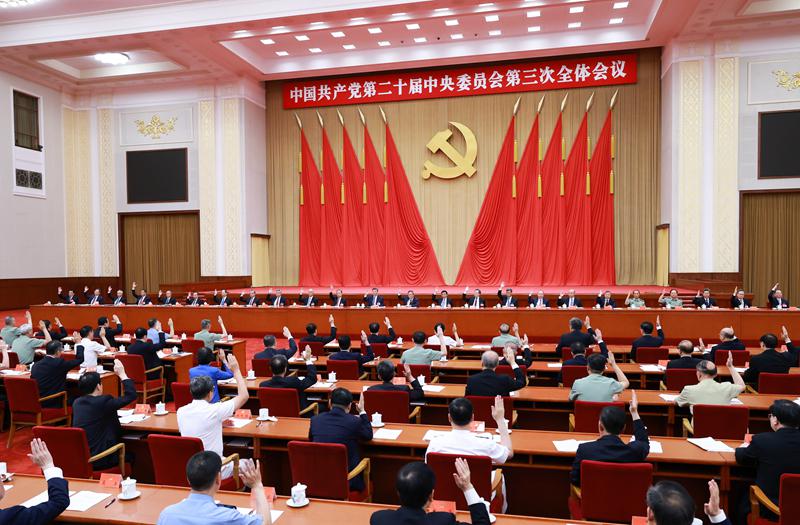
The 20th Central Committee of the Communist Party of China convened its third plenary session in Beijing from July 15 to 18, 2024. The plenary session stated that Chinese modernization is the modernization of harmony between humanity and nature. China must make concerted efforts to cut carbon emissions, reduce pollution, pursue green development, and boost economic growth, actively respond to climate change, and move faster to improve the systems and mechanisms for applying the principle that lucid waters and lush mountains are invaluable assets. It is essential to improve the basic systems for ecological conservation, the environmental governance systems, and mechanisms for green and low-carbon development.
No.3
MEE and EU Commission signed the updated “Memorandum of Understanding to Enhance Cooperation on Emissions Trading”
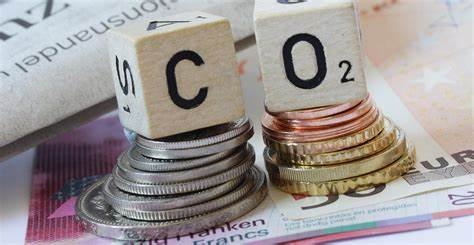
On August 1, the MEE website published an updated Memorandum of Understanding to Enhance Cooperation on Emissions Trading (MOU) signed by Commissioner Wopke Hoekstra and Minister Huang Runqiu on the sidelines of the Fifth EU-China High-Level Environment and Climate Dialogue (HECD). The MOU shows the EU-China shared commitment to promoting carbon pricing as an effective tool for a climate-neutral economy. Both sides are motivated to reinforce a dialogue in areas relating to cost-efficient implementation of emission trading, the role of CCER, and comprehensive cooperation with respect to the Emissions Trading System (ETS). The MOU defined several types of cooperation, which would send a signal of deepening trust and cooperation between China and the EU in the field of carbon markets, promoting international carbon market connectivity, policy coordination, mutual recognition and harmonization of standards.
No.4
IFRS Foundation and EFRAG published the “ESRS-ISSB Standards Interoperability Guidance”
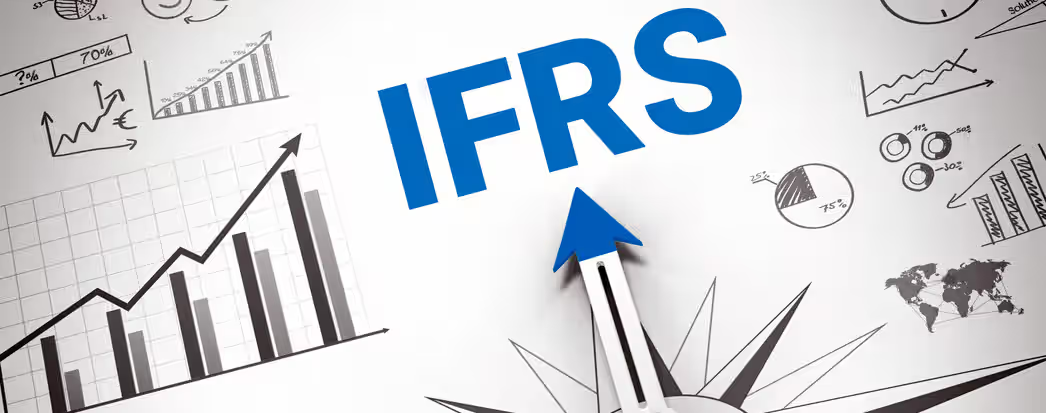
On May 2, the IFRS Foundation and EFRAG published guidance material to illustrate the high level of alignment achieved between the International Sustainability Standards Board's IFRS Sustainability Disclosure Standards (ISSB Standards) and the European Sustainability Reporting Standards (ESRS) and how a company can apply both sets of standards, including detailed analysis of the alignment in climate-related disclosures.
Companies subject to the Corporate Sustainability Reporting Directive (CSRD), including all large companies and all listed companies (except listed micro-enterprises) established in the EU, will have to report according to the ESRS. The first companies under the CSRD, including those previously subject to the Non-Financial Reporting Directive (NFRD) as well as large non-EU listed companies with more than 500 employees, will report against the ESRS in 2025 for the 2024 financial year.
No.5
MEE released the “Progress Report of China’s National Carbon Market (2024)” at the 2024 China Carbon Market Conference in Wuhan
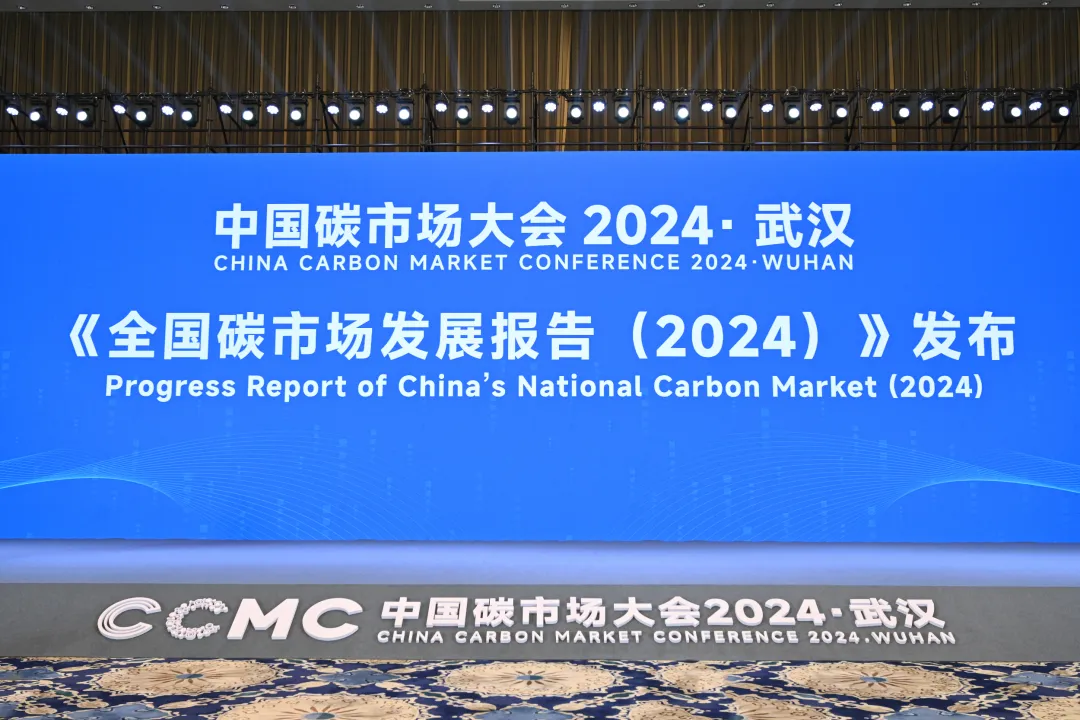
On July 21, the 2024 China Carbon Market Conference was held in Wuhan. It was announced at the conference that, as of July 15, the cumulative turnover of China's carbon market had reached nearly 27 billion yuan ($3.71 billion). MEE also released the "Progress Report of China’s National Carbon Market (2024)" at the conference. The report highlights that the National Carbon Emission Trading System (National ETS) covers the largest amount of GHG emissions globally, about 5.1 billion tonnes of annual CO₂ emissions—over 40% of China's total.
-END-